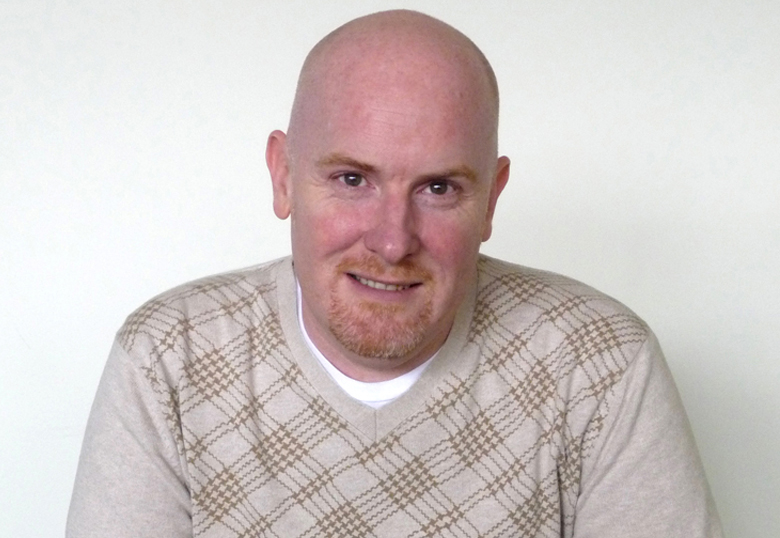A recent National Institutes of Health (NIH) grant will help Dr. Paul Vasey, a University of Lethbridge psychology professor, determine if genes associated with male same-sex sexual attraction are the same across cultures.
The NIH is an agency of the American government dedicated to biomedical and public health research, annually investing billions of dollars in medical research. Vasey is among a handful of U of L researchers who have received funding from the agency.
“Much of my work focuses on testing evolutionary-level questions about how genes that are associated with male same-sex sexuality don’t go extinct. How do they persist over evolutionary time?” says Vasey.

For evolution to operate, behaviour needs to have a genetic component that can be selected and passed down through the generations. The big puzzle for scientists like Vasey is how a trait such as male homosexuality can be passed down when these individuals aren’t reproducing.
Previous research studies conducted in the United States have shown that two chromosomal areas — Xq28 and the central region of chromosome 8 — seem to be associated with male sexual orientation. The genetic material present in these areas tends to be similar among gay brothers but different among brothers where one is straight and one is gay.
“Lots of work still needs to be done but it looks like those two chromosomal areas are involved,” says Vasey. “The question is whether those findings generalize to other cultures. If you go to a non-Western country, are you going to find the same results?”
The NIH grant will allow Vasey and his collaborators, Dr. Andrew Paterson, a geneticist at the University of Toronto, and Dr. Alan Sanders, a professor of psychiatry at Northwestern University in Illinois, to answer that question. Vasey’s human research focuses on cultures that recognize a third gender — feminine males who are attracted to males — or what would be considered transgender in North America. Specifically, Vasey conducts research in Samoa where fa’afafine are recognized as a third gender, and in the Istmo region of Oaxaca, Mexico where muxes are considered a third gender.
In 2010, thanks to funding from Alberta Innovates Health Solutions (AIHS) and the Canadian Institutes of Health Research (CIHR), Vasey went to Samoa and collected nearly 700 saliva samples from men who were attracted to women and from fa’afafine. The saliva samples have been analyzed and show that sufficient DNA is present to continue with a genome-wide association study, which can identify genetic variations. With the $25,000 grant from the NIH, along with funding from the Natural Sciences and Engineering Research Council (NSERC), the genome-wide association study can proceed.
“Of course, we don’t have the results yet but wouldn’t it be interesting if we find that Xq28 and the central region of chromosome 8 are also associated with sexual orientation in this Samoan sample?” says Vasey. “If that is the case, there’s this genetic mechanism associated with male sexual orientation that exists cross culturally.”
Results may be available in time for Vasey’s next Puzzle of Sexual Orientation conference to be held in 2020. The conference is held on the U of L campus and attracts the world’s leading sexual orientation researchers.
